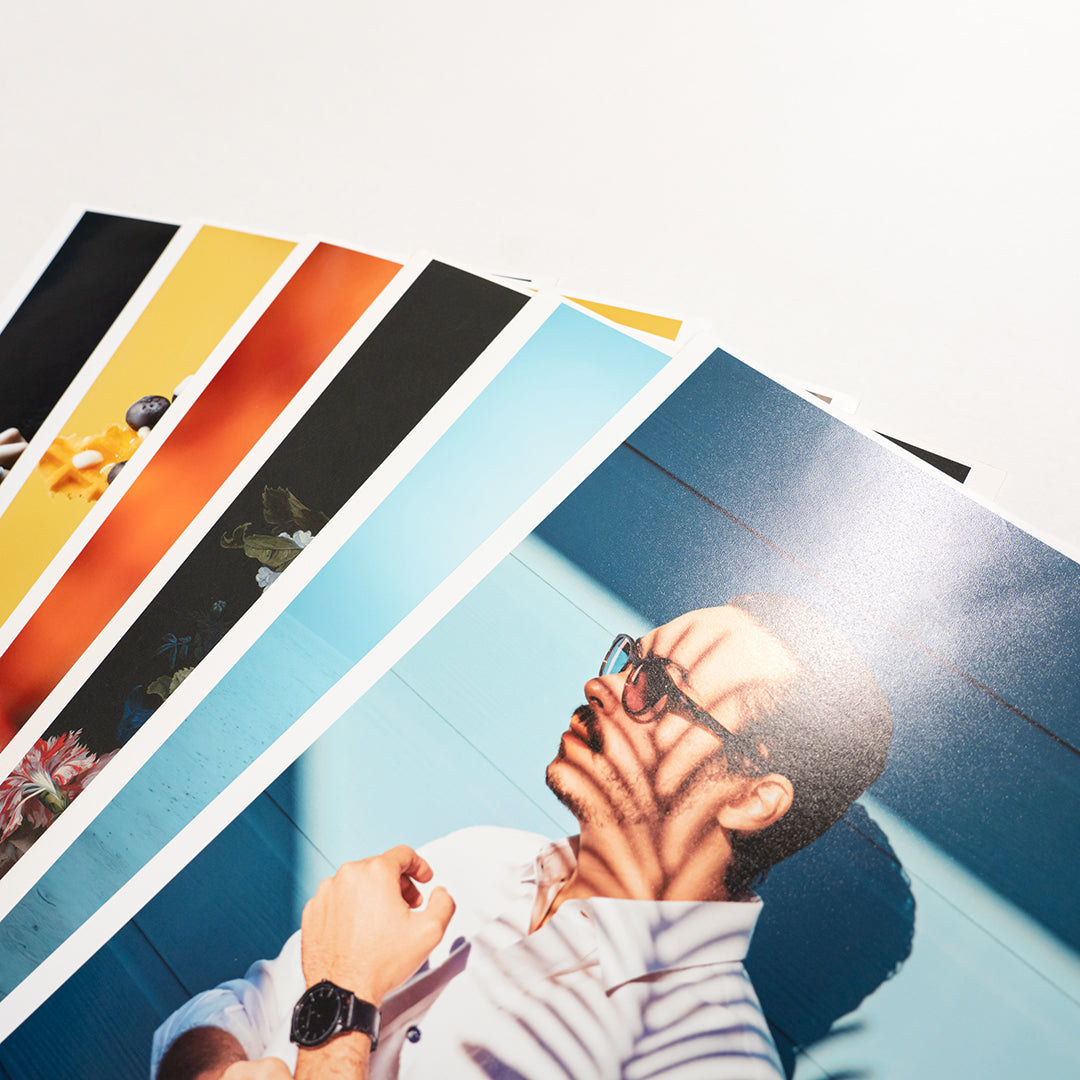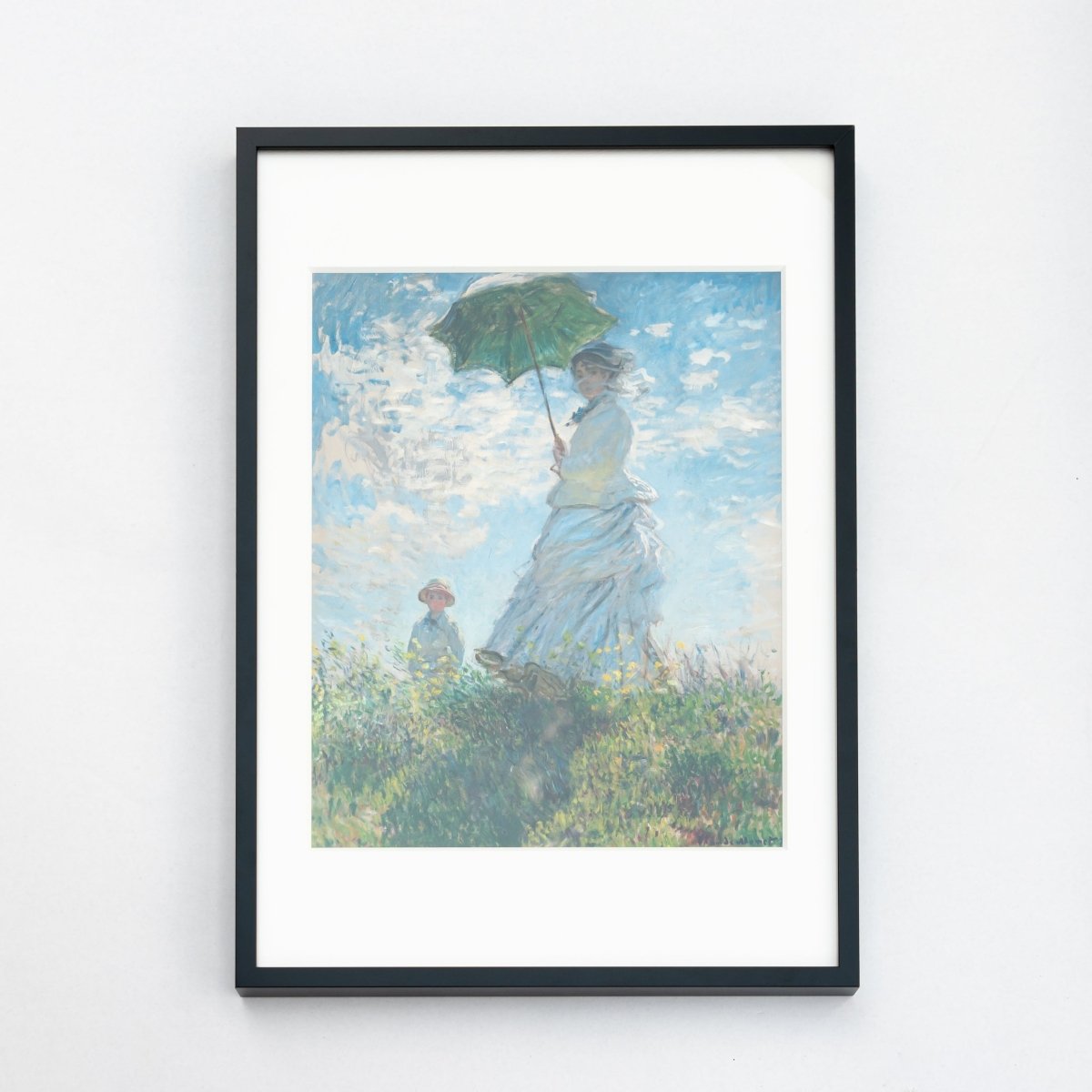[I tried printing] The charm of Hahnemuhle Photo Rag
目次
この記事について

PHOTOPRI(フォトプリ)
プロ品質の写真プリントサービス
「PHOTOPRI(フォトプリ)」は、写真展クオリティのプリントを提供する専門店です。一枚一枚の色を丁寧に調整し、30種類以上の用紙から最適なものを提案。あなたの作品が持つ魅力を最大限に引き出すお手伝いをします。大切な作品を、最高の形で残しませんか?

Germany is an artistic powerhouse.
You cannot talk about European art without mentioning Hahnemuhle Fine Art, which has a history of over 400 years.
Many works of art that still exist after all these years, such as Renaissance paintings, Shakespeare's works, and Gudenburg's Bible, are made using cotton-based paper .
Additionally, with the changing times, paper is now made not only from cotton but also from a material called ``alpha cellulose,'' which supports many artists.
It is only because of the evolution of the times that historic paper made from cotton and alpha cellulose can be used in the fields of photography and illustration.
The popular Hahnemühle series ranks among the top recommended papers for "PHOTOPRI".
There are many types of paper in the Hahnemühle series, but "PHOTOPRI" has carefully selected 6 types .
In this article, we will focus on Photo Rag .
“I have never printed on matte paper.”
“What are the features of Photo Rag ?”
“What kind of photos and illustrations are suitable for?”
I am writing this for those who have such concerns and concerns.
<Handling paper>
- [Hahnemuhle] Photo Rag <Go to product page>
- [Hahnemuhle] German Etching <Go to product page>
- [Hahnemuhle] Torchon <Go to product page>
- [Hahnemuhle] FineArt Pearl <Go to product page>
- [Hahnemuhle] Photo Rag Baryta <Go to product page>
- [Hahnemuhle] Photo Rag Metallic <Go to product page>
[Hahnemuhle] Photo Rag selection
Let's start with the conclusion of what kind of paper Photo Rag (hereinafter referred to as Photo Rag) is.
Photos printed on photo rugs give the viewer a painterly, deep impression .
This is just my personal opinion, but I would like to write down the possible reasons why I feel that way, along with the characteristics.
It has a three-dimensional feel
The first reason is that the surface of the paper is fine-grained , which creates a three-dimensional effect .

It may be hard to see in the photo above, but can you see the rough surface?
The three-dimensional structure makes it possible, for example, to make human eyes and skin appear more realistic in photographs, or to create the overwhelming impact of buildings.
"PHOTOPRI" handles a wide variety of matte papers. (Art paper, premium matte paper, etc.).
Its surface quality is similar to art paper, but even with high-quality paper like premium matte paper, you cannot expect the same three-dimensional effect as photo rag.
Many matte papers have less uneven surfaces and are often smoother than photo rags.
(Of course, people have their own preferences, so it's not a matter of good or bad. Premium matte paper can give a simple impression, and it 's one of my favorite papers.)
Even though it is matte paper, it has an uneven surface. And with perfect balance.
This can be said to be one of the major features of photo rugs, which give a deep impression.
rich contrast
The second reason is that you can print with rich contrast even among matte papers.
Some people may find that when they try printing on matte paper, the image is different from what they had imagined.
This is especially true if you have ever printed on glossy paper, which produces crisp and rich colors.
When printing on matte paper, some people complain that the colors are poor or lack impact because the prints become ``light''.
One of the major features of Photolag is that it compensates for this negative aspect.

(↑I am photographing printed matter. I am impressed that the prints can be printed so clearly.)
Because the range of colors that can be reproduced (color reproducibility) is wide, colors can be expressed brightly and vividly. Photolag successfully overcomes the issues mentioned above with matte paper, such as ``lightness'' and ``poor color adhesion,'' and can produce satisfactory printing results.
What kind of photos/illustrations are suitable?
This point is a bit difficult. There is no right or wrong answer when it comes to ``suitability of photos and paper''. As mentioned above, there is also a matter of preference.
However, I believe that each paper has certain advantages and disadvantages, so please refer to it.
Suitable for portrait photography.
If you are thinking, ``I want to print a portrait photo on matte paper, but which paper should I use?'', we recommend that you use Photorag.
Photo rugs are versatile, but I can't think of any other matte paper that prints portrait photos so beautifully.
There are not many matte papers that can simultaneously create a three-dimensional effect and express rich contrast.
Many professionals who order from "PHOTOPRI" use "fine-grained paper" for portrait photography. I believe that Fotorag, who has the skills and track record sought by professionals, can create high-quality works.
Color photos will be more vivid, and monochrome photos will be more chic.
Photolag can print while maintaining high contrast, but it also shows its true value when printing monochrome photos .
When printing black and white photos on matte paper, they often end up giving a vague impression depending on the photo. That's because the "black tightness" is sweet .
It cannot be said that it is necessarily a bad thing for the black color to become blurry.
However, you don't want to end up with a work that feels unsatisfactory or has a weak impact due to the lackluster black color.
Photorag can produce a clear and powerful black color , so I think monochrome photos can give a more chic impression.
bonus
As mentioned above about photo rags, some of you may be wondering, "What is fine art paper?", so I would like to add some explanation about "fine art paper." Please forgive me if my expressions may be a little harsh. lol
What is fine art paper?
Fine art paper is one of the papers whose "quality as paper" has dramatically improved due to improvements in inkjet printing technology.
As it became possible to reproduce digital images with the same high definition and quality as traditional silver halide photography, the possibilities of this technology were immediately considered in the photography and art industries.
A major feature of fine art paper is that it has both ``preservability'' and ``texture.''
Raw materials include cotton, wood, and bamboo, but PHOTOPRI uses cotton-based fine art paper.
Cotton-based fine art paper is made of lignin (a component that makes up 20-30% of wood. Paper derived from wood naturally contains lignin, so it deteriorates over time. By the way, books change color because of lignin. (Due to a chemical reaction between ultraviolet rays and lignin), it can be stored for a long time.
There are many fine art paper suppliers, such as Hahnemuhle (Germany), PICTORICO (Japan), and Canson (France), and there is a wide variety of paper types.
In terms of future possibilities, the fine art paper that has evolved in Europe is expected to further evolve, and at the same time, new fine art papers may be born from Asia.
It is believed that fine art paper will penetrate not only those in the art industry but also individual creators. Along with this, it is highly likely that the types of paper itself will increase and become more segmented.
<Handling paper>
- [Hahnemuhle] Photo Rag <Go to product page>
- [Hahnemuhle] German Etching <Go to product page>
- [Hahnemuhle] Torchon <Go to product page>
- [Hahnemuhle] FineArt Pearl <Go to product page>
- [Hahnemuhle] Photo Rag Baryta <Go to product page>
- [Hahnemuhle] Photo Rag Metallic <Go to product page>
[Hahnemuhle] Would you like to print a trial copy of Photo Rag?
Just like you take a test drive when you buy a car, we want you to use the trial print service and experience the paper for yourself before printing.
You can't really understand the texture, texture, color reproduction, etc. of a wide variety of papers, such as glossy paper, matte paper, fine art paper, and Japanese paper, until you actually hold the printed material in your hands.
Even if you try to choose the best one from a large number of papers, it may be difficult. There are many people who don't know which one to choose.
You can print a trial print using your own photo data .
We have a trial set that suits your preferences, so please take advantage of it!
この記事を書いた人

PHOTOPRI(フォトプリ)
プロ品質の写真プリントサービス
「PHOTOPRI(フォトプリ)」は、写真展クオリティのプリントを提供する専門店です。一枚一枚の色を丁寧に調整し、30種類以上の用紙から最適なものを提案。あなたの作品が持つ魅力を最大限に引き出すお手伝いをします。大切な作品を、最高の形で残しませんか?



